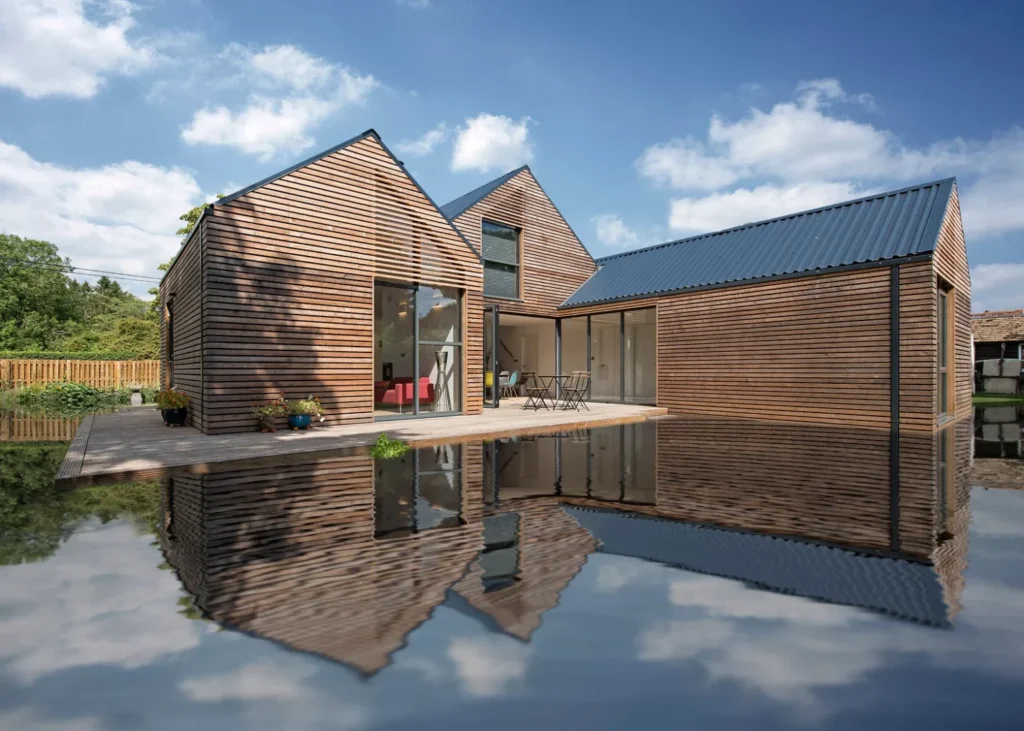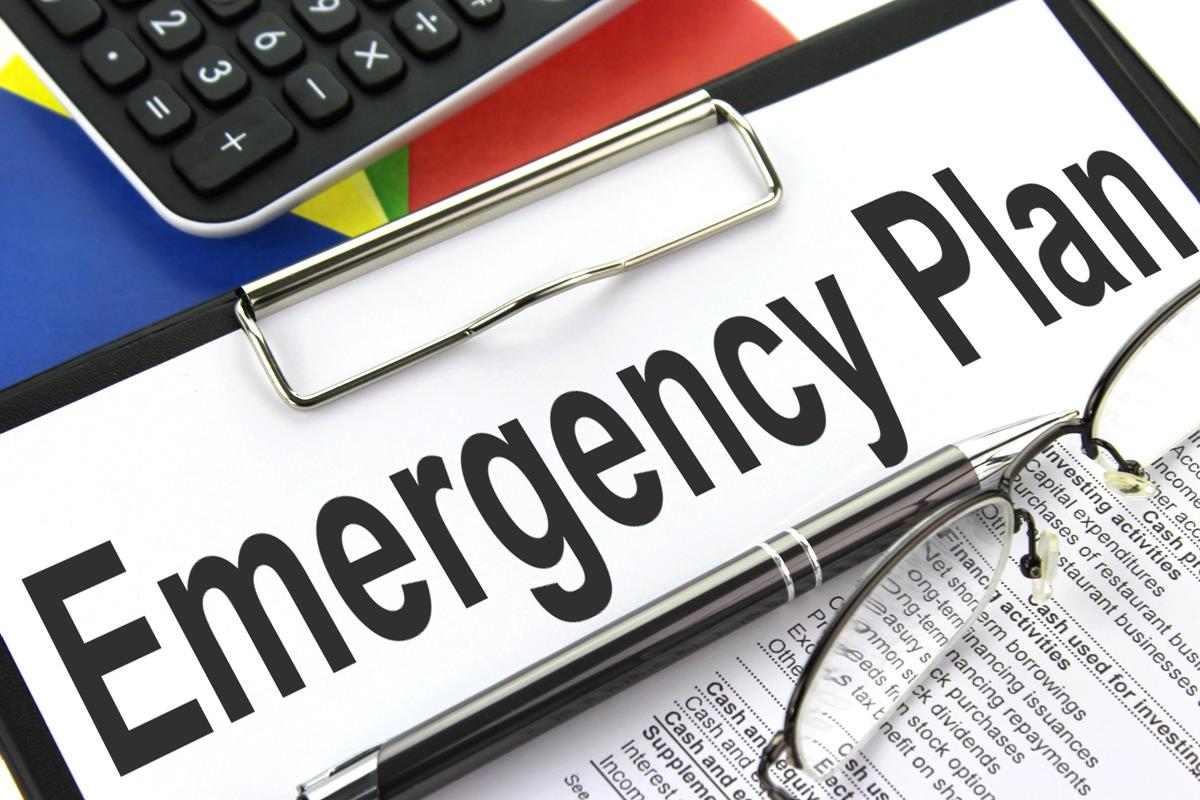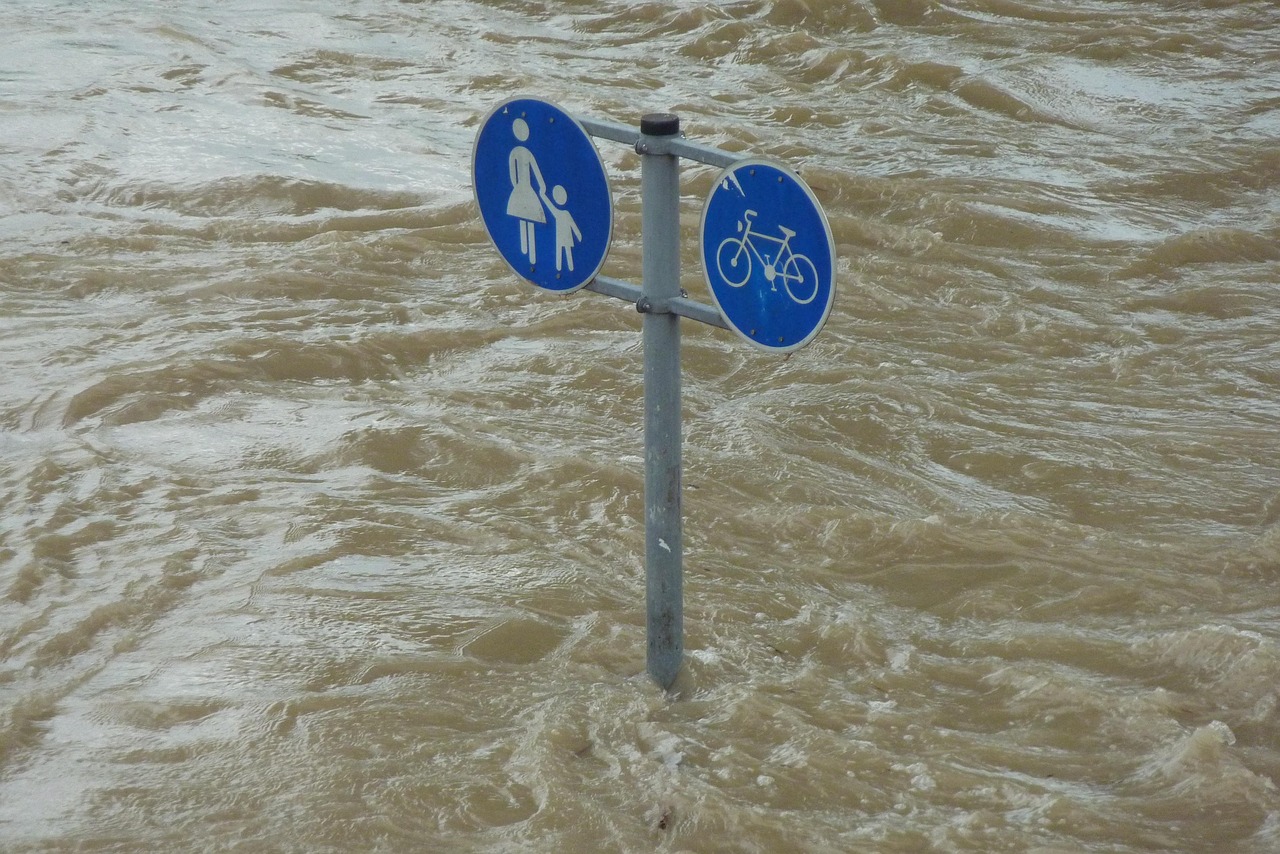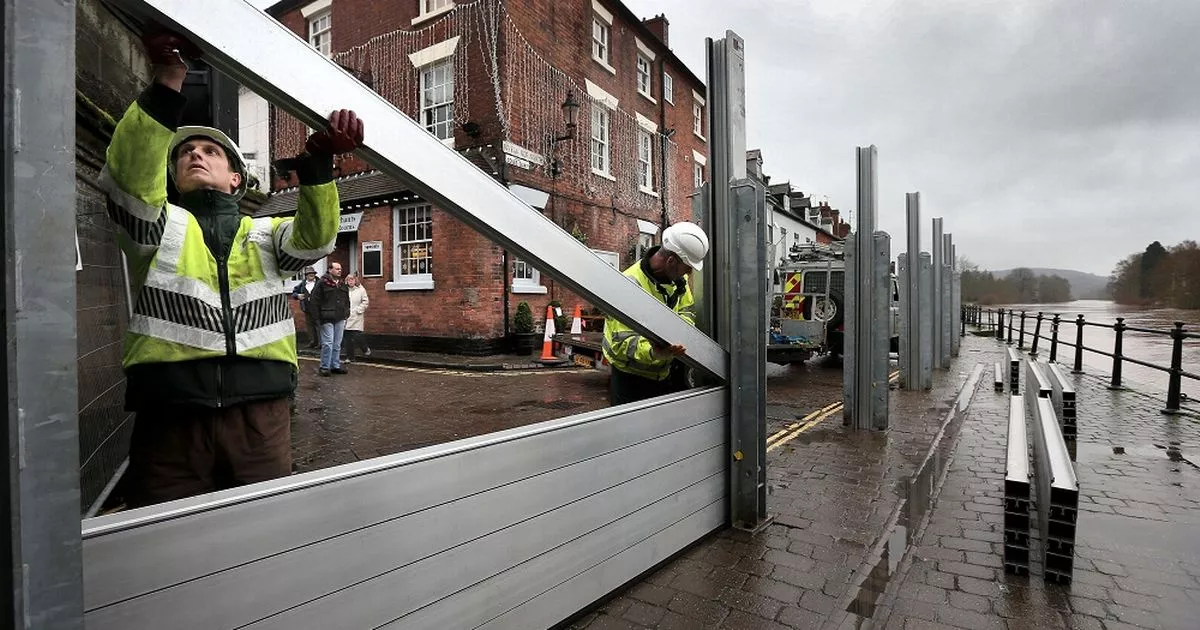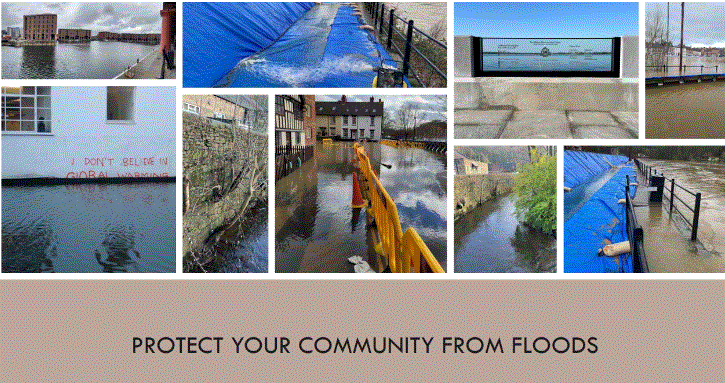Floods in Australia are occurring more frequently and with greater intensity than they did in the past. Homes, businesses, and even whole neighbourhoods can be left reeling from the damage. And while you can’t control the weather, you can take steps to minimise the risk. Choosing the right flood prevention methods can make the difference between minor disruption and devastating loss.
This blog guides you through the key considerations when evaluating your flood prevention options.
Assess Your Flood Risk
You can’t build a good defence without understanding the threat. It’s not enough to assume you’re safe just because the last big flood missed your street. Flood patterns shift. Councils can modify the local drainage system, which may impact properties that were previously unaffected.
Review historical data from government websites, local records, and community groups. Pay attention to your property’s elevation, the slope of surrounding land, and how water tends to move during storms. Is there a creek nearby that might overflow? A low-lying driveway? These details help you choose flood prevention methods that match your real risks, not just the hypothetical ones.
Explore Different Flood Prevention Methods
Not all solutions are the same. Some are designed for temporary protection, while others are designed for long-term resilience.
Flood barriers and gates are a common choice for flood protection. They can be temporary (put up when heavy rain is forecast) or permanent fixtures around entrances and openings. They’re practical if your main concern is keeping water out during specific events.
Pumps and drainage improvements focus on redirecting water away from your property. This may involve installing a sump pump in the basement or enhancing external drainage to prevent water pooling. These methods don’t stop the water from arriving, but they manage where it goes.
And then there are structural flood-proofing solutions. Things like raising a building’s foundations, sealing basements with water-resistant materials, or even using specialised coatings on walls. These are often more costly upfront, but can be invaluable if your location is consistently vulnerable to damage.
No single approach works for everyone. Often, it’s a combination of barriers for immediate defence, pumps for water management, and structural adjustments for long-term security.
Consider System Effectiveness and Reliability
A flood prevention system is only as good as its weakest point. A gate that leaks a little? A pump that fails during a power cut? That can be enough to cause significant damage.
Look for accredited products with a proven track record. Ask about test results, certifications, or even case studies. Can the system withstand the kind of flooding events your area has experienced, or worse, the ones forecasted in future?
Durability matters too. Some systems may work brilliantly at first but degrade over time. A barrier that warps after a year of harsh sun is no good to anyone. Think about adaptability as well. Can the system be scaled or upgraded if flood risks increase?
Understand Installation and Maintenance Needs
Here’s the part people often overlook: even the best system won’t protect you if it’s not set up correctly. Some flood prevention methods absolutely require professional installation. For example, pumps need correct placement, drainage systems need proper grading, and structural modifications must comply with building standards.
Maintenance is another hidden cost. Flood barriers may require regular checks, pumps need servicing, and seals or coatings may need reapplication. Ask yourself whether you have the time and resources to maintain it. If not, a simpler, low-maintenance solution might be more realistic. Maintenance is a crucial part of the investment; don’t neglect it.
Evaluate Costs and Long-Term Value
Upfront costs can be intimidating, especially when considering structural flood-proofing. But it’s worth comparing that against the potential damage a single flood could cause. The losses add up fast: replacement flooring, ruined furniture, business downtime.
Some systems can also reduce insurance premiums or make your property more attractive to future buyers. Think of it as value over time, not just the money you spend today. That said, balance is key. The most expensive option isn’t always the most suitable. The “best” system is the one that fits your property, your risks, and your budget.
Check Compliance and Regulations
Flood prevention isn’t just about your own peace of mind. Systems often need to meet local safety standards and building regulations. Non-compliant solutions can leave you with insurance headaches, or worse, penalties.
Verify whether your chosen system is eligible for insurance coverage. Some insurers only recognise accredited methods. And don’t forget environmental rules: in certain areas, council approval is required before altering drainage or installing barriers. Skipping this step might save time now, but it will create far bigger problems later.
Seek Professional Advice
At some point, online research can only take you so far. Flood protection experts bring experience you just can’t replicate. They can spot vulnerabilities you might have missed or recommend flood prevention methods you hadn’t considered.
If you’re unsure about where to start, get a professional assessment. It’s often the quickest way to cut through the noise and focus on the solutions that actually work for your property. Think of it less as an expense and more as an investment in avoiding costly mistakes.
Conclusion
Choosing the best flood prevention system is about finding the right combination of methods that protect your property now and into the future. By understanding your risks, comparing options, and seeking expert guidance, you put yourself in the best possible position to minimise the impact of flooding.
At iREACT Consulting, John Alexander brings decades of expertise in flood prevention and mitigation. He works closely with homeowners, businesses, and councils to design tailored solutions that genuinely reduce risk.
Whether you need advice on the right flood prevention system or ongoing support with compliance and planning, contact John at +61 4336 34344 for expert assistance.

